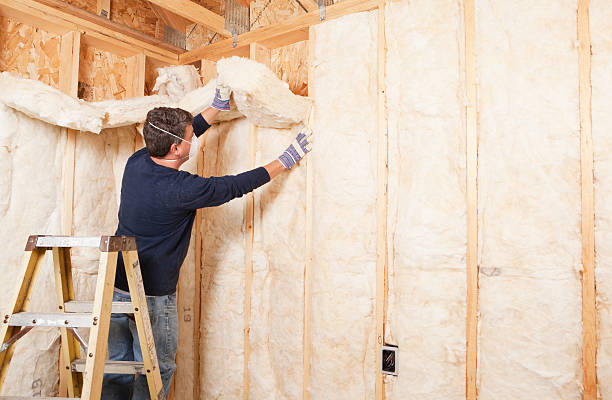Courtesy-istockphoto
When it comes to the formation of glass wool, it is made with the help of borosilicate glass, silica sand and fixing agents. When it comes to the appearance, glass wool is known to look like any raw material which is already mixed with insulating materials. Glass wool insulation is known to come in 2 fine categories; loose wool and superfine wool. Popularity wise, the loose wool is preferred by many when it comes to the production of asphalt-bonded glass blanket and glass wool board. Loose wool is also known to act as a barrier against the entry of heat going towards the pipelines.
In order to understand glass wool insulation in a brief manner, we need to understand on how it is produced.
- The first step is where curation process of thick glass layer takes place at 200 degree inside an oven. This step is all about binding the strands of the sheet to make it thinner.
- The second step is where melting process takes place of the sheet inside an electrical furnace which is then transferred inside gas-fired furnace for conditioning. It’s a similar process of making candy via high-speed of rotation to spin the fibers.
- The third step is about blending of the fiber with glass wool in order to form proper fibers and not CFCs and HCFCs.
- The last step is about transferring the produced fibers for curing inside an oven in order to achieve proper density and thickness.
Glass wool can be used with roof insulation in Sydney and other parts of Australia.

